Netflix's One Piece has finally broken the live-action anime curse
OPINION| American anime adaptations play it too straight, but Netflix's One Piece gets it just right
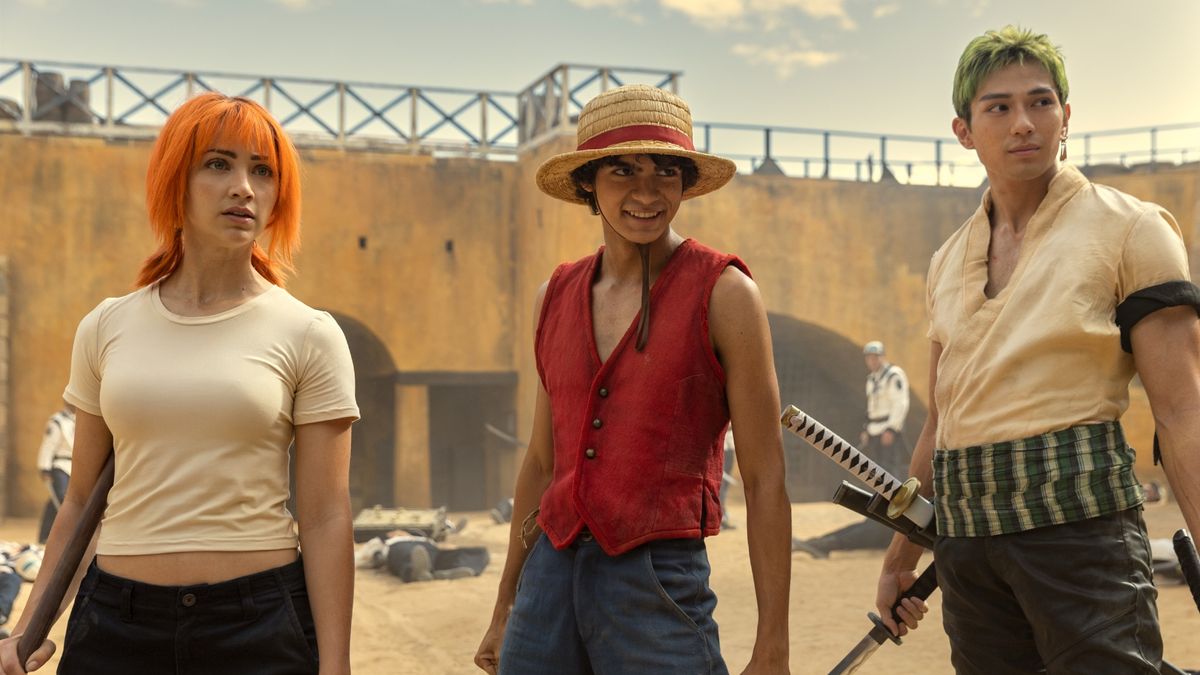
Warning! One Piece spoilers below!
I don't expect much when it comes to live-action anime adaptations, and we have Paramount's Ghost in the Shell, Netflix's Cowboy Bebop, and the streamer's Death Note to thank for that. That's not to say that all of them are bad, seeing as the 2006 Japanese live-action Death Note movie is a near-masterpiece, but it's the Western adaptations that keep continuously missing the mark.
That being said, I had low, low expectations for Netflix's One Piece. The series was officially announced in 2020, and I tried my best to ignore it. I was still burned from 2017's Death Note, which veered off the path of Tetsuro Araki's electrifying supernatural horror-thriller and headed straight into Donnie Darko territory, reducing the impossibly cool and complex Ryuk down to nothing more than a watery version of Frank the Rabbit. When Netflix's Cowboy Bebop arrived in 2021, I felt defeated. There was no way a team of Western directors and producers would be able to take One Piece, a show (and manga) that is both so delightfully absurd and extremely heartfelt, and turn it into something that would not only appeal to both new fans and old – but would also honor the magic that Eiichiro Oda so carefully created.
But they did. They did it so well, in fact, that I can't recall the last time an adaptation (anime or otherwise) was this precious with its source material. Netflix's One Piece is good. It's really good, actually. From the astonishingly spot-on casting to the comicbook-like directorial choices to the anime-accurate scene recreations, the series manages to capture the heart and whimsy of One Piece all while creating a brand new show that even a new audience of non-anime fans can enjoy.
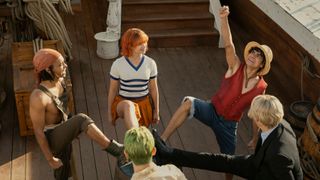
Now, the show doesn't start off like One Piece season 1 episode 1 – we get a little bit of world-building and tone-setting before we jump into meeting Luffy. Although I was expecting that instant gratification (about a minute into the anime we see Luffy rescued by Captain Alvida's men after floating at sea), the build-up is more than worth it. Inaki Godoy’s Luffy is delusionally fearless and overly optimistic – capturing the exact spirit of his anime counterpart. It's impossible not to smile when he's on screen, especially with the animated, over-the-top faces he pulls when using his rubber powers. Luffy's light isn't dulled down for the sake of a Western audience who might want a more 'relatable' or action-y type hero – Godoy, the directors, and the writers make sure he shines in all his goofy glory.
The best part - the strongest part - of the series is when the entire Straw Hat crew is together. Slowly, we meet each central character on their respective journeys - and it's in the very first episode that we find Zoro (Mackenyu), Luffy, and Nami (Emily Rudd) all at the same bar... And that’s when I started yelling. It's easy to see how much time and consideration went into finding the cast for this show. It's evident in Zoro and Luffy's first one-on-one interaction, the juxtaposition of Zoro's devil-may-care attitude and Luffy's unending buoyancy. Mackenyu's Zoro is too cool for school and Rudd's Nami is fiercely independent and impossibly stubborn – and even though they butt heads at first, there's no denying the palpable chemistry between the two actors. It's when we finally meet the remaining members of the Straw Hat crew, Usopp (Jacob Romero Gibson) and Sanji (Taz Skylar), that the entire series comes together.
Then, of course, we have to pause and thank the studio for casting Agents of S.H.I.E.LD's Jeff Ward as Buggy the Pirate Clown and Steven John Ward as Mihawk. Buggy's really not much to fear in the anime and manga, but Ward plays Buggy more like the Joker – a sadistic clown with an insatiable lust for blood. It's an incredible fight scene, and one that the studio decided to elevate: instead of taking place in the street of the town that Buggy destroyed, we find the Straw Hat crew trapped in a circus tent – taking the name of Buggy's ship, Big Top, literally. Choices like these make it more than clear that the show was created by fans, by people who genuinely wanted to see something they love brought to (a new) life.
Sign up for the Total Film Newsletter
Bringing all the latest movie news, features, and reviews to your inbox
And that's where other adaptations fail: they venture way too far from the source material, they don't take into consideration what makes the original material work or what fans truly love about it. Instead of elevating the material, they turn it into something unrecognizable. Anime knows what it is, and the live-action should know that it's based on an anime. It's not a Scorsese film, it's not the Sopranos, it's a live-action adaptation based on a genre of animation that's globally beloved for being outrageous and over-the-top.
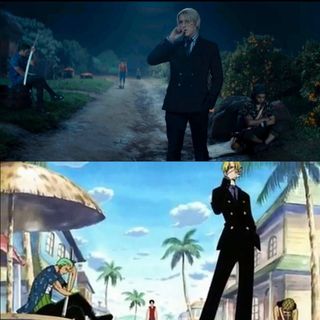
Netflix's One Piece knows it's a TV show based on a cartoon about a guy made out of rubber who wants to be a pirate – and it's not trying to be anything else. They even added a Wilhelm scream to the scene where Mihawk splits a boat in half, letting the audience know that they're not shying away from the campiness – they're leaning into it.
For me, the original series is a celebration of independence, of following your own arrow wherever it may point, and doing whatever it takes to make your dreams come true – even if they aren't exactly the most realistic. It's something special, and showrunners Matt Owens and Steve Maeda knew this from the moment they signed on to develop the show. Netflix's One Piece is a triumph, a labor of love, and hopefully a sign that Western adaptations are moving into the right direction.
One Piece season one is streaming on Netflix now. For more, check out our list of the best Netflix shows to stream right now.

Lauren Milici is a Senior Entertainment Writer for 12DOVE currently based in the Midwest. She previously reported on breaking news for The Independent's Indy100 and created TV and film listicles for Ranker. Her work has been published in Fandom, Nerdist, Paste Magazine, Vulture, PopSugar, Fangoria, and more.
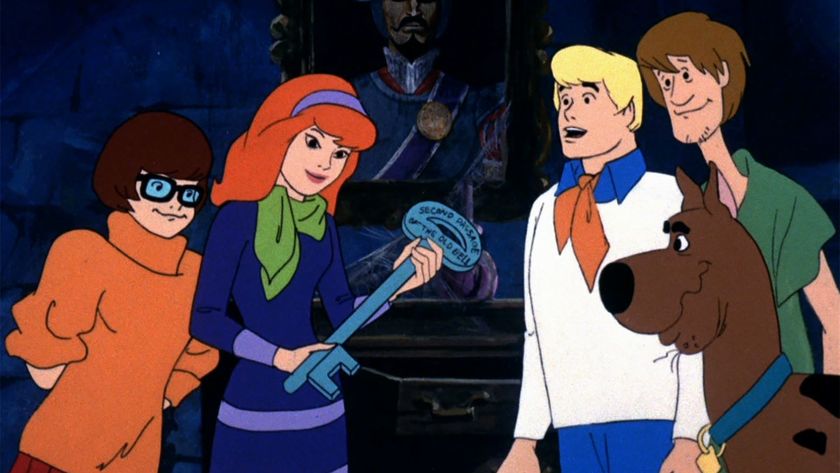
Netflix is rebooting Scooby-Doo as a live-action series from the producer of Supergirl and The Flash centered around a "supernatural murder" at a summer camp
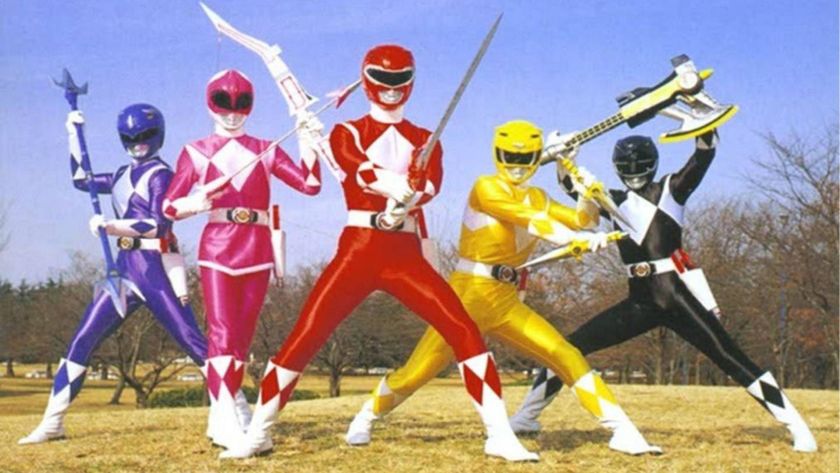
A brand new live-action Power Rangers TV show is in the works from the creators of one of the most underrated Disney Plus shows










